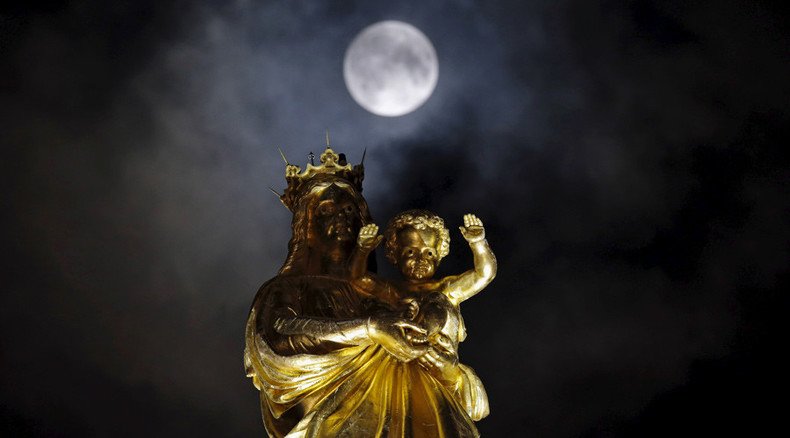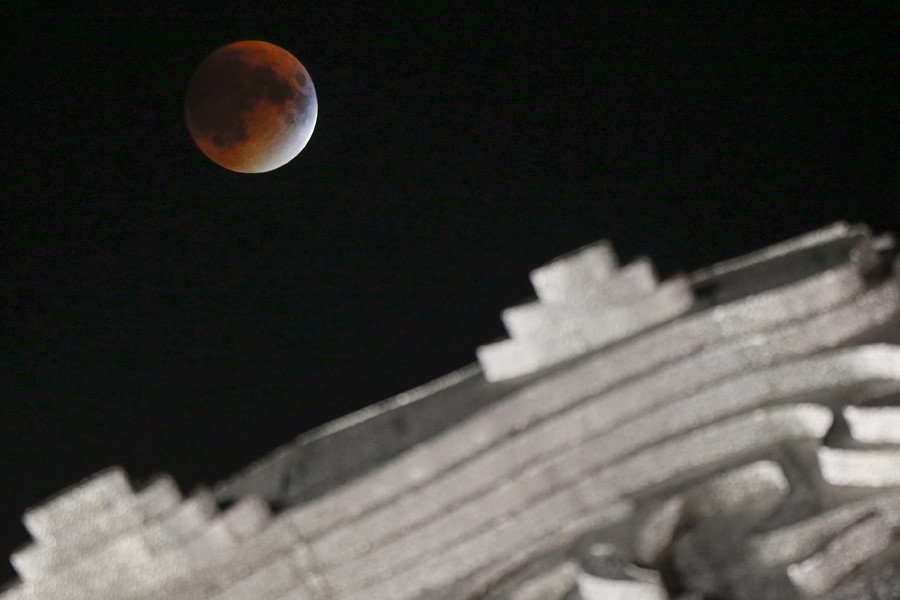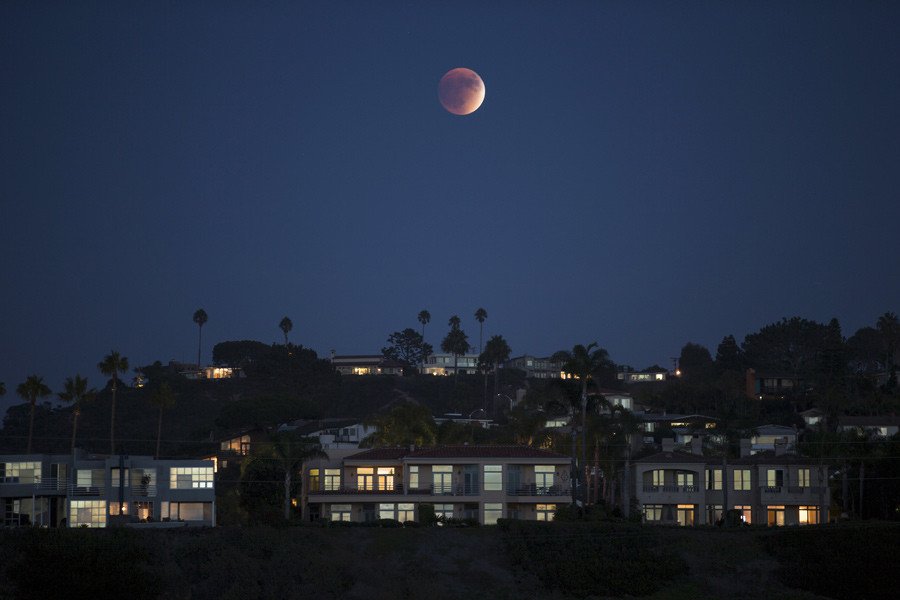Supermoon could cause super tides off British coastline, experts warn

Super tides could flood Britain’s coastline as a result of the supermoon, as four natural phenomena coincide to cause huge ocean swells, the Environment Agency has warned.
On Monday morning, Britons were treated to a lunar eclipse, which adjusted the gravitational pull of the sun and moon and offset sea levels. Ocean swells were also enhanced by the autumn equinox on September 23, and a rare alignment of the sun, moon and earth that occurs once every 18.6 years.
As a result of these unusual events, waves will be higher than normal and two official flood warnings were aired by the Met Office in Swansea and Somerset on Monday afternoon.

Although tides will be higher over the next 10 days, experts say flooding is unlikely, as a result of good weather. The Environment Agency issued two flood alerts along Britain’s northwest coast on Monday, where it has cautioned communities to “be prepared.”
“The Environment Agency is monitoring the situation closely alongside the Met Office and local authorities, and will issue flood alerts and warnings if required,” the agency’s Interim Executive Director of Flood and Coastal Risk Management John Curtin said.
“People should check their flood risk and keep up to date with the latest situation.”
Monday’s rare supermoon eclipse occurred as the distance of the moon’s orbit from the earth was at its shortest. The National Tidal and Sea Level Facility said this rare cosmological spectacle combined with a further two astronomical factors were the underlying causes of the large waves.
“Spring tides are particularly large close to the equinoxes when the sun is overhead at the equator,” a spokesman for the National Tidal and Seal Level Facility told the Telegraph.
“Other astronomical factors can cause tides to be larger than average. The tides are slightly greater when the moon is closest to Earth in its orbit, at perigee. The angle of the orbit of the moon to the equator, its declination, is another factor,” he said.

Monday’s supermoon and combined eclipse – an event that occurred only five times in the 20th century – created a stir on social media. Spectators hurried to post fascinating photos of the enlarged reddish moon, noting the next one will not occur until 2033.
There were five supermoons in 2014, while six are predicted for 2015. The next full moon will occur in October.












